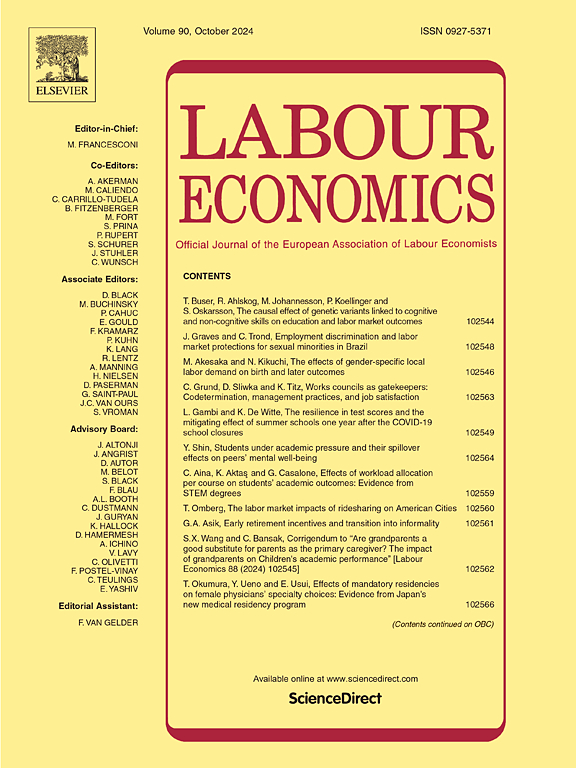
Lo más reciente
We examine the impact of homogenizing the tax base between part-time and full-time labor contracts in a context with high informality. Using employer–employee matched administrative records and household survey data, we estimate the effects of a reform that eliminated a wedge in regulatory costs across different work schedules in Colombia, reducing the relative costs of formal part-time employment. We find that the reform increased the probability of entering the formal sector for previously informal part-time workers (the target population). Using pre-reform variation in firms’ demand for workers eligible for the policy, we find a 5.5 percent increase in formal employment at firms more exposed to the policy. Mean wages at these firms rose by 0.88 percent after the reform relative to those at firms that tend to hire fewer workers with no formal sector experience. Firms with more exposure to the reform also experienced higher churn, consistent with the policy creating incentives for firms to rotate across workers at a faster pace.
 Brenda Samaniego de la Parrae,
Brenda Samaniego de la Parrae, 
